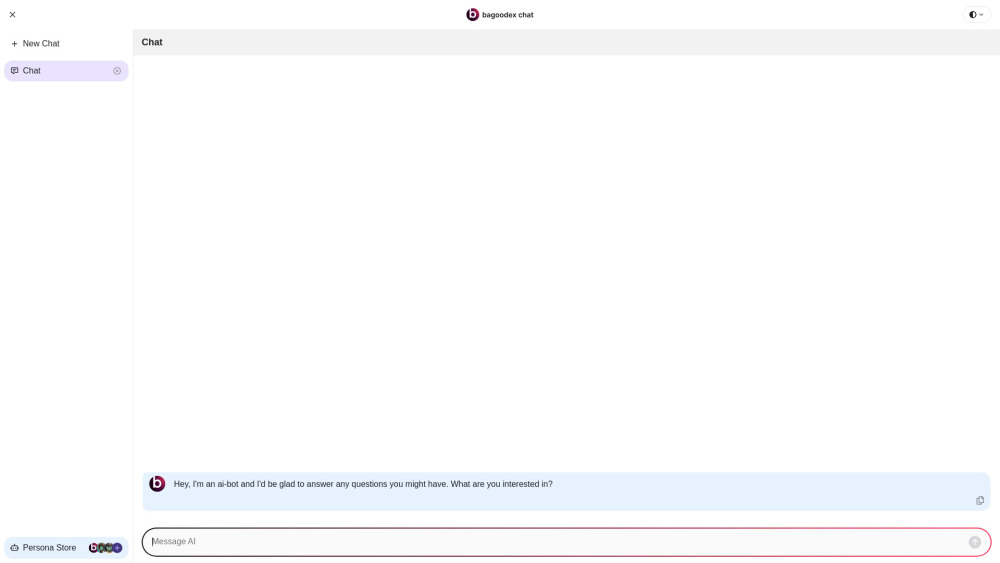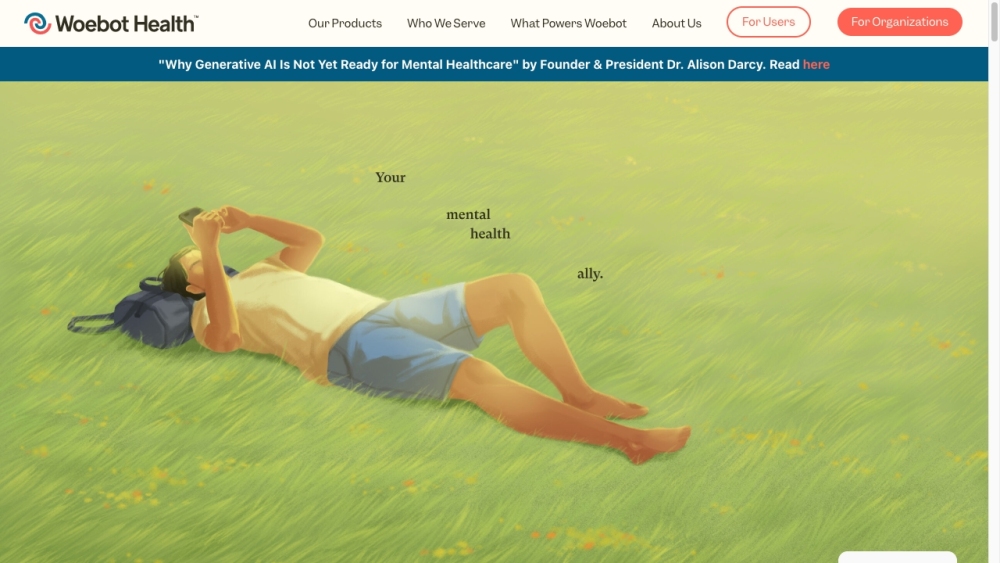The current wave of technological revolution and industrial transformation is reshaping the global innovation landscape and the economic structure. As various new production and lifestyle scenarios emerge, the uncertainties surrounding technological advancements present numerous challenges for society. One significant innovation arising from the fusion of artificial intelligence (AI) with the traditional automotive sector is autonomous driving technology. This technology aims to rely on AI to safely and efficiently address the transportation needs in a driverless context.
In the 21st century, AI-driven autonomous vehicle technology has rapidly progressed, showing an increasing trend toward practical implementation. Yet, the determination and allocation of liability in traffic accidents—an issue that profoundly affects people's daily lives—remains an aspect of autonomous driving that requires further exploration and regulation by nations as the industry develops.
1. Understanding AI and Legal Responsibility
In autonomous driving, AI liberates individuals from the operation of vehicles. Depending on the level of automation, autonomous vehicles can take over varying degrees of control. The International Society of Automotive Engineers has classified autonomous driving into five levels:
- L1: Driver assistance with shared control.
- L2: Combined driver assistance requiring driver supervision.
- L3: Conditional automation where the system can handle driving tasks but still requires driver intervention.
- L4: High automation where the vehicle operates independently under specific conditions.
- L5: Full automation, where the system assumes complete control and the human is merely a passenger.
AI is generally categorized as either weak or strong. Weak AI performs tasks based on programmed logic and patterns, such as speech recognition or image processing. In contrast, strong AI seeks to emulate human cognitive abilities and surpass them. However, both forms fall within the realm of computer science and lack the legal status of a "person" with accountability. Legal responsibility necessitates free will, the capacity to understand actions and their consequences, both of which current AI lacks.
In many legal systems, especially under civil law, regulations clearly designate legal entities responsible for obligations, typically limited to human beings and corporations. In common law countries like the United States and the United Kingdom, no legal precedents recognize AI as liable entities, demonstrated in cases where AI-generated inventions were denied patent status unless attributed to a human inventor.
2. The Collision of Autonomous Driving and Criminal Liability
As autonomous technology advances, the goal is to progressively minimize human controls, thereby enhancing efficiency and reducing costs. As a result, the driving skills required from human operators diminish. In a fully automated L5 state, the driver primarily functions as a passenger.
With AI not being liable under the law, the question arises: who bears the consequences of traffic accidents? If the human driver is held accountable, what is the extent of that responsibility? This dilemma, termed the “control paradox,” highlights the shifting landscape of liability. Current technologies at L3 and below reduce human responsibility yet still hold drivers criminally accountable for accidents. Historical cases show a trend where drivers are primarily blamed, while manufacturers and AI systems face fewer repercussions.
For instance, a severe accident involving a Tesla Model S led to a conviction for its driver, despite no issues found with the vehicle or its automated systems. In another case, an autonomous vehicle operated by Uber struck and killed a pedestrian. The human safety driver was found guilty of involuntary manslaughter due to distraction, while the technology was deemed secondary in the incident.
As autonomy increases and drivers become less involved, liability should lessen commensurately. It is argued that if a fully autonomous system executes a driving task, the human operator should not bear any responsibility for oversight.
3. Liability in Accidents Involving Autonomous Vehicles
A significant legal case in April 2023 highlighted the implications of autonomous technology on civil liability. A jury ruled against a claim that Tesla’s autonomous driving features were defective after an accident caused by driver distraction. This ruling raises critical questions about the accountability of manufacturers for accidents involving autonomous vehicles as their technology evolves.
In situations where the driver’s responsibility is diminished and AI cannot be penalized, liability could inadequately rest with the manufacturers. Courts and legal frameworks worldwide are exploring how to assign responsibility. For instance, some jurisdictions are developing regulations that shift liability to manufacturers when autonomous systems malfunction.
In regions like Germany and Japan, laws are being established to determine fault in accidents between human and autonomous control, stipulating that manufacturers bear liability under certain conditions. The disparity in regulations across states in the U.S. shows a complex landscape where some require manufacturers to be liable while others designate drivers as the responsible parties.
4. Governance of Emerging Technologies
The future of autonomous driving technology is promising and unfolding rapidly. Despite significant advancements, the establishment of ethical and legal frameworks has lagged behind the speed of technological innovation. It is essential to create sound regulations that promote the responsible deployment of these developments, ensuring they serve humanity’s pursuit of a better life.
In conclusion, as we advance into an era marked by autonomous driving, a collaborative international effort will be necessary to navigate the new landscape of liability and legal responsibility, ensuring that all stakeholders, including manufacturers and users, can be held accountable while the technology continues to evolve.




